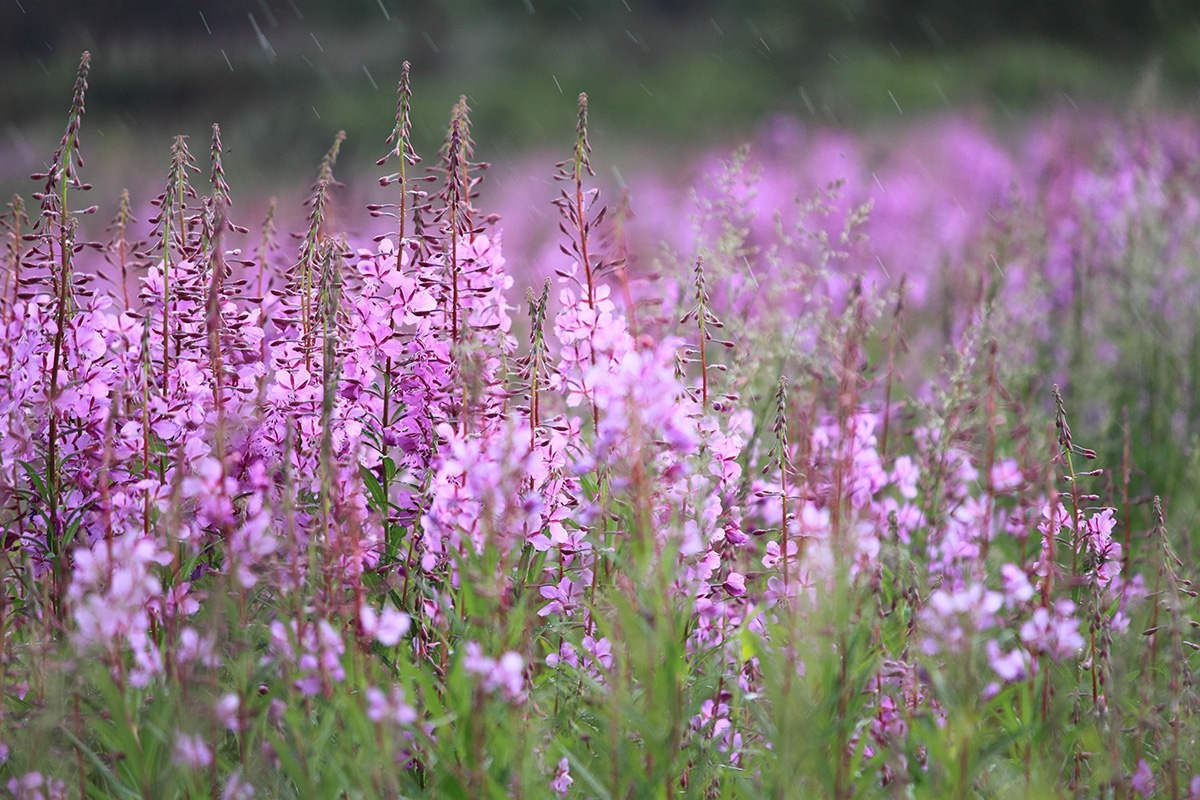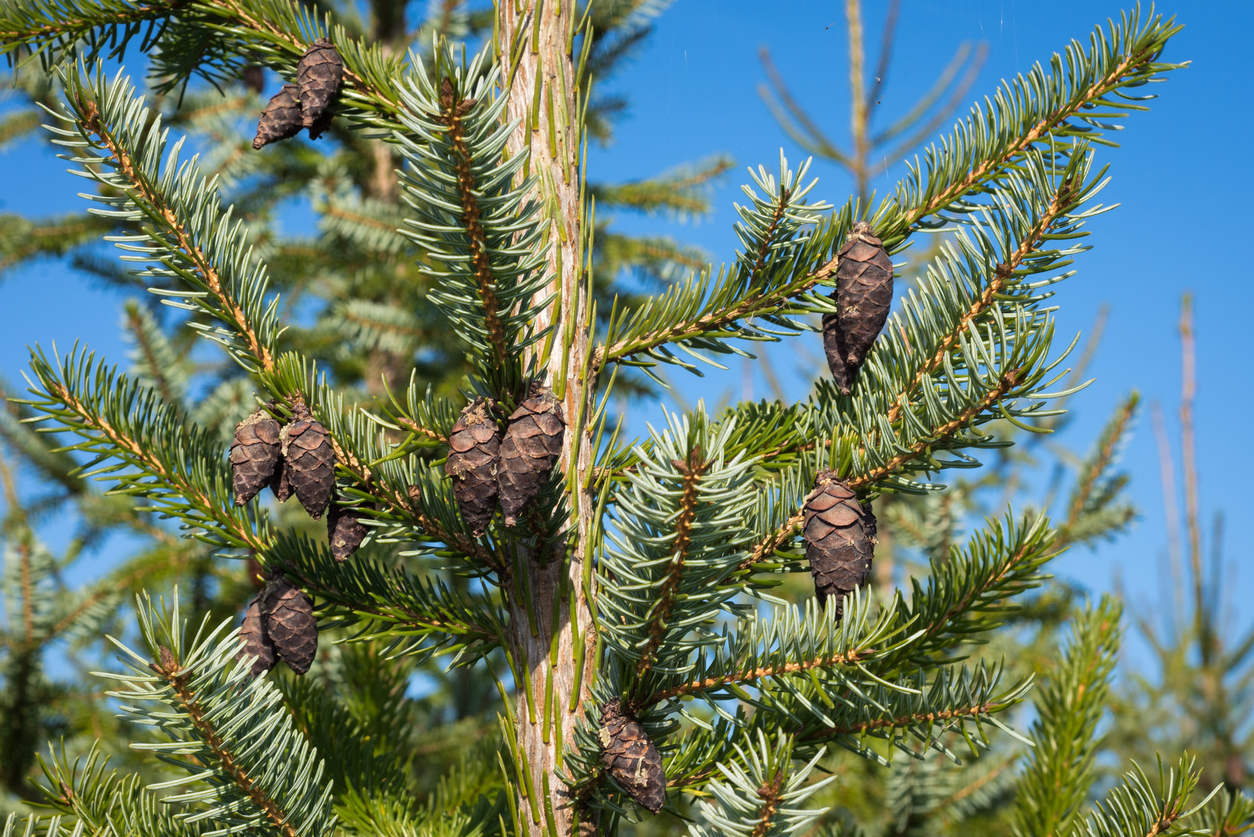Edible plants in alaska – Edible Plants of Alaska: A Culinary and Medicinal Guide embarks on an extraordinary journey through the untamed wilderness of Alaska, unveiling the hidden treasures of edible plants that grace its landscapes. From their nutritional value to their culinary delights and medicinal properties, this guide unveils the captivating world of Alaska’s edible flora.
As we delve into this botanical odyssey, we will discover the secrets of identifying, harvesting, and incorporating these plants into our culinary creations and health regimens. Join us as we explore the edible wonders of Alaska, transforming our understanding of nature’s bounty.
Wild Edibles for Foraging

Alaska’s diverse landscape offers a plethora of edible plants that have sustained indigenous communities for centuries. These wild edibles provide essential nutrients and can enhance culinary experiences. However, proper identification and harvesting techniques are crucial to ensure safety and preserve the delicate ecosystem.
Edible Plants of Alaska
- Fireweed (Epilobium angustifolium): This tall, showy plant with pink or purple flowers offers edible leaves, stems, and young shoots. Rich in vitamins A and C, it can be consumed raw, cooked, or dried for tea.
- Wild Blueberry (Vaccinium uliginosum): Abundant in Alaska’s tundra and forests, these small, blue berries are packed with antioxidants and vitamin C. They can be eaten fresh, frozen, or used in jams and preserves.
- Salmonberry (Rubus spectabilis): The large, orange-red berries of this shrub are high in vitamin C and fiber. They can be eaten raw or cooked into jams, jellies, and pies.
- Wild Raspberry (Rubus idaeus): Similar to salmonberries, wild raspberries are smaller and have a sweet, tart flavor. They are rich in vitamins C and A and can be consumed fresh or used in desserts.
- Nettle (Urtica dioica): Despite its stinging hairs, nettle is a nutritious plant with high levels of vitamins A, C, and iron. The young leaves can be cooked and eaten as a vegetable or used in soups and stews.
- Dandelion (Taraxacum officinale): This common plant has edible leaves, flowers, and roots. The leaves are rich in vitamins A, C, and K, while the flowers and roots can be used in salads, teas, and tinctures.
- Cow Parsnip (Heracleum maximum): The young shoots and stalks of cow parsnip are edible and can be cooked as a vegetable. However, it is essential to avoid the leaves and flowers, which can cause severe skin irritation.
- Seaweed (Laminaria spp.): Found along Alaska’s coastlines, seaweed is a rich source of iodine, iron, and vitamins A and C. It can be eaten raw, cooked, or dried into flakes for use in soups, salads, and seasonings.
Culinary Uses of Edible Plants: Edible Plants In Alaska

Edible plants in Alaska offer a diverse range of culinary possibilities, adding unique flavors and textures to various dishes. From tangy berries to earthy roots, these plants can elevate meals and provide a connection to the local ecosystem.
Incorporating Edible Plants into Recipes
Incorporate edible plants into salads, soups, stews, and baked goods. For instance, add fresh berries to salads for a burst of sweetness, or use dried berries in granola bars for a chewy texture. Cook fiddleheads in stir-fries or add them to omelets for a spring-like flavor. Experiment with different combinations to create dishes that showcase the unique flavors of Alaska’s edible plants.
Preservation Techniques
Preserve edible plants for future use by drying, freezing, or making jams and jellies. Drying is an excellent method for preserving berries, while freezing is ideal for leafy greens and fiddleheads. Jams and jellies can extend the shelf life of berries and add a touch of sweetness to dishes.
Medicinal Properties of Edible Plants

Edible plants in Alaska possess a wealth of medicinal properties, which have been traditionally used by indigenous communities for centuries. Modern scientific research has confirmed many of these traditional uses and identified additional therapeutic benefits.
The medicinal properties of edible plants in Alaska are attributed to their high concentrations of bioactive compounds, including antioxidants, vitamins, minerals, and phytochemicals. These compounds have been shown to exhibit various health-promoting effects, such as anti-inflammatory, antimicrobial, and anticancer properties.
Traditional Uses
Traditional uses of edible plants in Alaska for medicinal purposes include:
- Fireweed (Epilobium angustifolium): Used to treat wounds, burns, and digestive issues.
- Wild rose (Rosa acicularis): Used for its high vitamin C content to treat scurvy and boost immunity.
- Yarrow (Achillea millefolium): Used to stop bleeding, reduce inflammation, and promote wound healing.
- Devil’s club (Oplopanax horridus): Used to treat arthritis, rheumatism, and respiratory problems.
Scientific Evidence
Scientific research has provided evidence to support the traditional uses of many edible plants in Alaska. For example:
- Studies have shown that fireweed extract has antioxidant and anti-inflammatory properties, which may contribute to its wound-healing effects.
- Wild rose is a rich source of vitamin C, which is essential for immune function and wound healing.
- Yarrow contains compounds that have been shown to inhibit bleeding, reduce inflammation, and promote wound healing.
- Devil’s club extract has been shown to have anti-inflammatory and pain-relieving effects, which may be beneficial for treating arthritis and rheumatism.
Preparation and Use
Edible plants can be prepared and used for medicinal purposes in various ways, including:
- Teas: Steeping dried or fresh plant material in hot water to extract the medicinal compounds.
- Tinctures: Soaking plant material in alcohol to extract the medicinal compounds.
- Ointments: Combining plant material with a base such as beeswax or coconut oil to create a topical application.
- Culinary use: Incorporating edible plants into the diet to reap their medicinal benefits.
Warnings and Precautions, Edible plants in alaska
It is important to note that some edible plants may have potential side effects or interactions with medications. It is always advisable to consult with a healthcare professional before using any plant for medicinal purposes.
Pregnant or breastfeeding women, individuals with underlying health conditions, and those taking medications should exercise caution when using edible plants for medicinal purposes.
While foraging for edible plants in Alaska, such as salmonberries, blueberries, and fireweed, you may come across a majestic creature that roams the Alaskan wilderness—the Chappell Roan. This captivating horse boasts a distinctive coat pattern that sets it apart from its peers.
Chappell Roan: The Unique and Captivating Horse with a Distinctive Coat highlights the allure of this rare breed. Returning to the topic of edible plants in Alaska, don’t forget to sample the tangy cranberries that thrive in the region’s acidic bogs.
Alaska’s unforgiving climate fosters a diverse array of edible plants, including succulent berries, nutrient-rich greens, and medicinal roots. These botanical treasures have sustained indigenous communities for centuries. Like the enduring popularity of Justin Bieber: A Pop Icon’ , edible plants in Alaska continue to captivate and nourish, showcasing the resilience of both nature and culture in the face of adversity.
Edible plants in Alaska are a treasure trove of nutrients and flavors. From berries to greens, the Alaskan wilderness offers a diverse range of flora that can sustain both humans and wildlife. However, the rivalry between Brighton and Manchester United, as showcased in Brighton vs Man United: A Clash of Titans , is a fierce battle on the soccer field, far removed from the tranquil beauty of Alaska’s edible plants.
Yet, just as the match between these two football giants captivates millions worldwide, the discovery of edible plants in Alaska continues to fascinate explorers and nature enthusiasts alike.